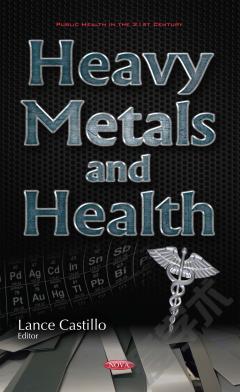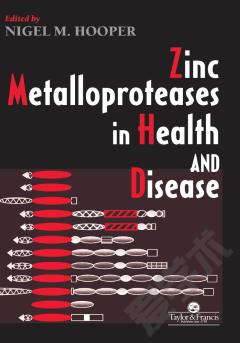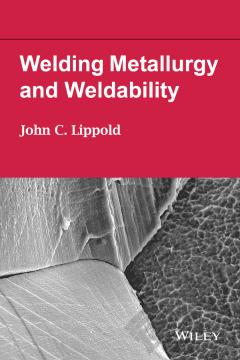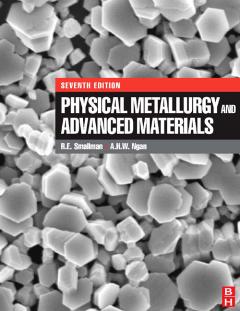Heavy Metals and Health
Heavy metals are persistent in the environment and their elevated emission during longer periods of time can cause contamination of the environment. They are emitted in all environmental media, but can also be easily transported between them due to the atmospheric deposition, water runoff, etc., and thus accumulate in the environment or penetrate the food chains. The main routes of human exposure to heavy metals are through ingestion, inhalation or via dermal contact. Hence, there is a need for better understanding of absorption, distribution and deposition of heavy metals in the human body. This information is of a crucial importance for the evaluation of heavy metal potential health implications. In this book, Chapter One provides an overview of the heavy metal health hazards, presented as a consequence of heavy metal pollution, their availability and cycling between different media in the environment. Chapter Two comprehensively discusses the roles and harmful effects of heavy metals on human health, as well as the sources and techniques of removing heavy metals from the environment. Chapter Three explores the mechanisms of mercury cardiovascular toxicity, with a particular emphasis on its effects toward endothelial cells. Chapter Four focuses on the effects of exposure to soil contaminated by metals. Chapter Five examines antimicrobial functionalized textiles. Chapter Six discusses thallium poisoning. Chapter Seven provides a review of heavy metal pollution, human exposure and public health implications in Nigeria.
{{comment.content}}








 京公网安备 11010802027623号
京公网安备 11010802027623号